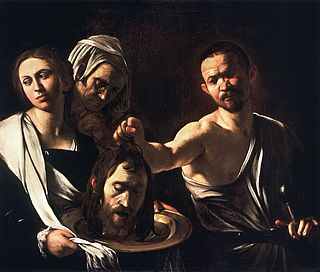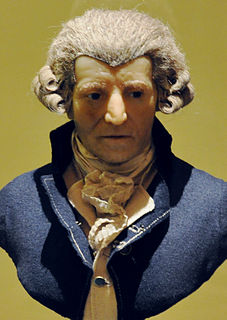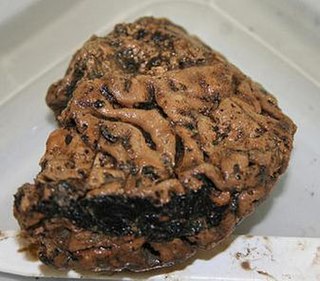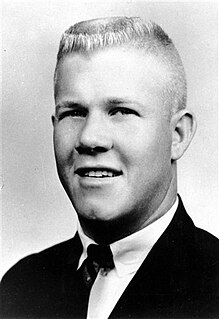 W
WThe Anatomy Lesson of Dr. Deijman is an 1656 fragmentary painting by Rembrandt, now in Amsterdam Museum. It is a group portrait showing a brain dissection by Dr. Jan Deijman (1619–1666). Much of the canvas was destroyed in a fire in 1723 and the painting was subsequently recut to its present dimensions, though a preparatory sketch shows the full group.
 W
WThe beheading of John the Baptist, also known as the decollation of Saint John the Baptist or the beheading of the Forerunner, is a biblical event commemorated as a holy day by various Christian churches. According to the New Testament, Herod Antipas, ruler of Galilee under the Roman Empire, had imprisoned John the Baptist because he had publicly reproved Herod for divorcing his first wife and unlawfully taking as second wife his niece Herodias. He then ordered him to be killed by beheading.
 W
WJeremy Bentham was an English philosopher, jurist, and social reformer regarded as the founder of modern utilitarianism.
 W
WOliver Cromwell, Lord Protector and ruler of the English Commonwealth after the defeat and beheading of King Charles I during the English Civil War, died on 3 September 1658 of natural causes and was given a public funeral at Westminster Abbey equal to those of the monarchs who came before him. His position passed to his son Richard, who was overthrown shortly after, leading to the re-establishment of the monarchy.
 W
WColonel Isaac Neff Ebey was the first permanent white resident of Whidbey Island, Washington.
 W
WThe brain of Albert Einstein has been a subject of much research and speculation. Albert Einstein's brain was removed within seven and a half hours of his death. His apparent regularities or irregularities in the brain have been used to support various ideas about correlations in neuroanatomy with general or mathematical intelligence. Studies have suggested an increased number of glial cells in Einstein's brain.
 W
WGeronimo was a prominent leader and medicine man from the Bedonkohe band of the Apache people. From 1850 to 1886, Geronimo joined with members of three other Chiricahua Apache bands—the Tchihende, the Tsokanende and the Nednhi—to carry out numerous raids, as well as fight against Mexican and U.S. military campaigns in the northern Mexico states of Chihuahua and Sonora and in the southwestern American territories of New Mexico and Arizona. Geronimo's raids and related combat actions were a part of the prolonged period of the Apache–United States conflict, which started with American settlement in Apache lands following the end of the war with Mexico in 1848.
 W
WThe celebrated composer Joseph Haydn died in Vienna, aged 77, on May 31, 1809, after a long illness. As Austria was at war and Vienna occupied by Napoleon's troops, a rather simple funeral was held in Gumpendorf, the parish in Vienna to which Haydn's house on the Windmühle belonged, followed by burial in the Hundsturm cemetery. Following the burial, two men contrived to bribe the gravedigger and thereby sever and steal the dead composer's head. These were Joseph Carl Rosenbaum, a former secretary of the Esterházy family, and Johann Nepomuk Peter, governor of the provincial prison of Lower Austria. Rosenbaum was well known to Haydn, who during his lifetime had intervened with the Esterházys in an attempt to make possible Rosenbaum's marriage to the soprano Therese Gassmann.
 W
WThe Heslington Brain is a 2,600-year-old human brain found inside a skull buried in a pit in Heslington, Yorkshire, in England, by York Archaeological Trust in 2008. It is the oldest preserved brain ever found in Eurasia, and is believed to be the best-preserved ancient brain in the world. The skull was discovered during an archaeological dig commissioned by the University of York on the site of its new campus on the outskirts of the city of York. The area was found to have been the site of well-developed permanent habitation between 2,000–3,000 years before the present day.
 W
WThe Hofmeyr Skull is a specimen of a 36,000-year-old anatomically modern human skull that was found in 1952 near Hofmeyr, South Africa.
 W
WThe account of the beheading of Holofernes by Judith is given in the deuterocanonical Book of Judith, and is the subject of many paintings and sculptures from the Renaissance and Baroque periods. In the story, Judith, a beautiful widow, is able to enter the tent of Holofernes because of his desire for her. Holofernes was an Assyrian general who was about to destroy Judith's home, the city of Bethulia. Overcome with drink, he passes out and is decapitated by Judith; his head is taken away in a basket.
Oskar Vogt was a German physician and neurologist. He and his wife Cécile Vogt-Mugnier are known for their extensive cytoarchetectonic studies on the brain.
 W
WThe Mojokerto child, also known as Mojokerto 1 and Perning 1, is the fossilized skullcap of a juvenile early human. It was discovered in February 1936 near Mojokerto by a member of an excavation team led by Ralph von Koenigswald. Von Koenigswald first called the specimen Pithecanthropus modjokertensis but soon renamed it Homo modjokertensis because Eugène Dubois – the discoverer of Java Man, which was then called Pithecanthropus erectus – disagreed that the new fossil was a Pithecanthropus. The skullcap is now identified as belonging to the species Homo erectus.
 W
WThe Starchild skull is part of a malformed human skull of a child who likely died as a result of congenital hydrocephalus. It received widespread publicity after paranormalist Lloyd Pye claimed it was of extraterrestrial origin.
 W
WCharles Joseph Whitman was an American mass murderer who became infamous as the "Texas Tower Sniper". On August 1, 1966, Whitman used knives to kill his mother and his wife in their respective homes, then went to the University of Texas at Austin with multiple firearms and began indiscriminately shooting at people. He fatally shot three people inside UT Austin's Main Building, then accessed the 28th-floor observation deck on the building's clock tower. There, he fired at random people for some 96 minutes, killing an additional eleven people and wounding 31 others before he was shot dead by Austin police officers. Whitman killed a total of sixteen adults and an unborn child; the 16th victim died 35 years later from injuries sustained in the attack.